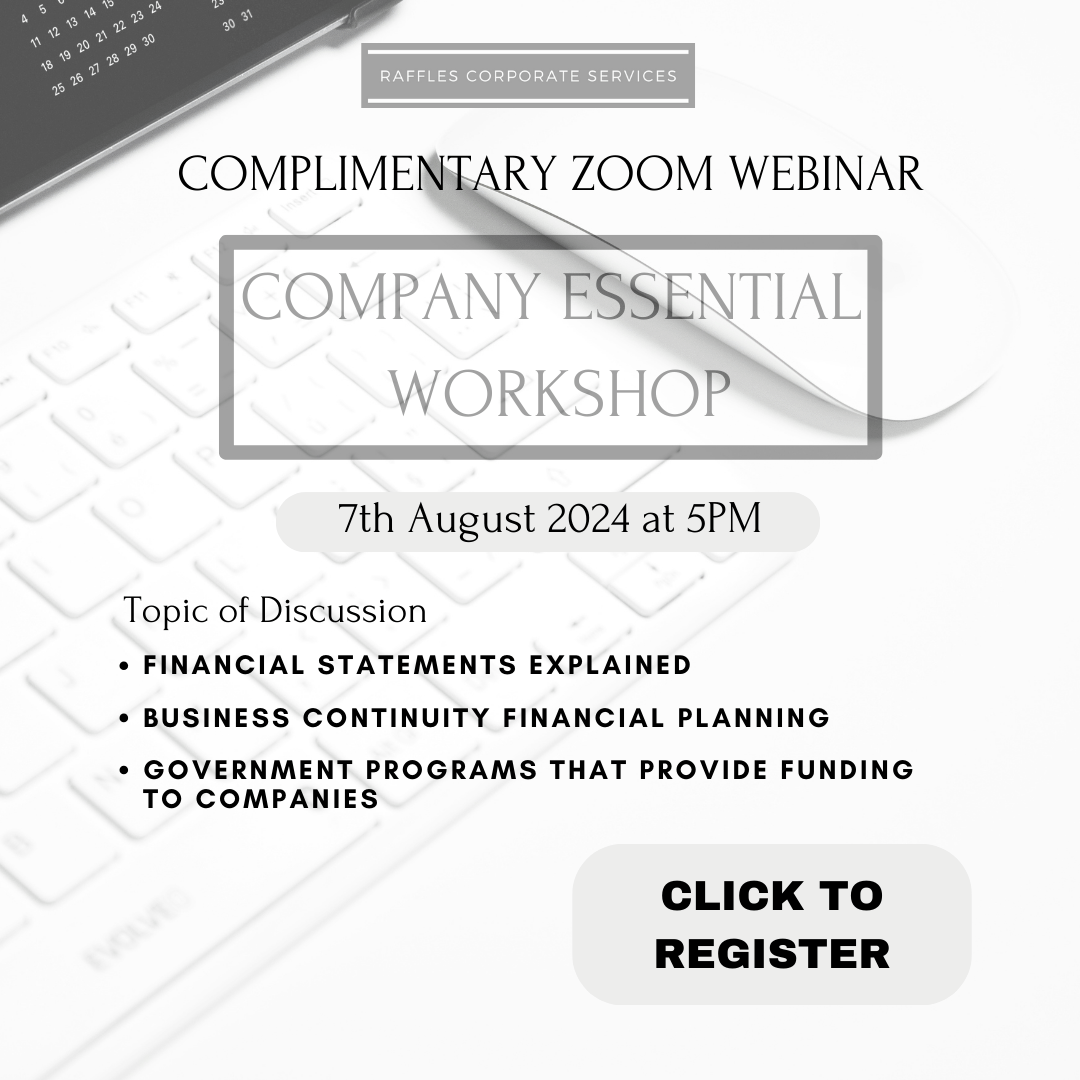Recently I bought a new bicycle that I use to commute to work. Before the purchase, I did some research to better decide what kind of bicycle would better suit my needs. However the more I read up, the more confused I became. I even had to return a 2nd-hand foldable bike for a full refund due to some design/safety fault, not forgetting the time spent traveling, testing, and negotiating with the seller in the middle of a work trip.
Hopefully, with this article, I can help shed some light on deciding what choice of bike will serve you best.
What do you need it for?
Most of us would probably need it for recreational purposes; to maintain fitness, and to hang out with family and friends while a small percentage of us would use it to commute to work. Whichever purpose it is, it largely depends on your lifestyle and the activities you do. Even if you use it once a week, it does not mean you deserve a lesser bike compared to someone who uses it daily.
Types of bicycles?
Road Bikes: They are built for speed and efficiency on paved roads. They have lightweight frames, narrow tires, and drop handlebars for an aerodynamic riding position. They are ideal for long-distance riding, racing, and fitness training. This is the obvious choice if you are competing in the Tour De France. If not, please read on.
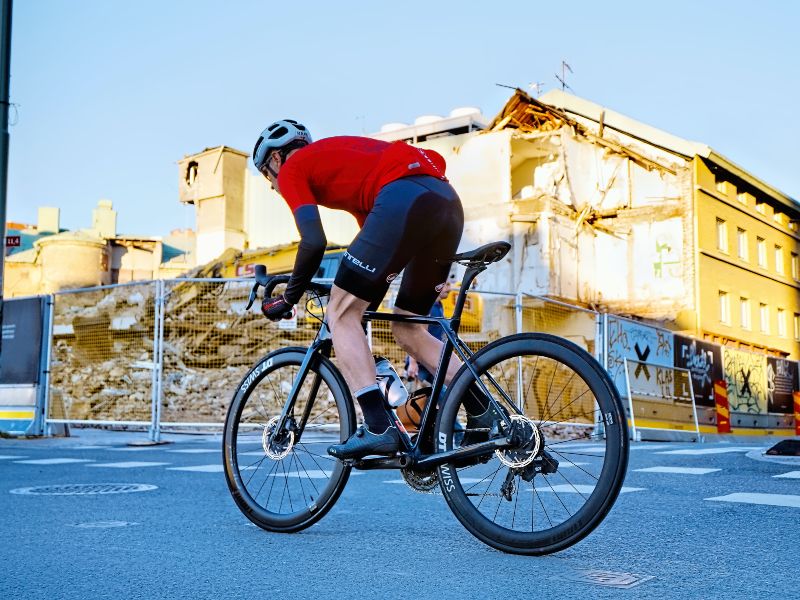
Mountain Bikes: They are designed for off-road use and rough terrain. They have sturdy frames, wide knobby tires, and suspension systems (hardtail or full suspension) to absorb shocks and provide better control on trails. I was riding an entry-level mountain bike previously and it was not as enjoyable due to its weight and thick wheels. Unless you are expecting to ride on lots of rough hilly tracks, this can be a good-to-know option.
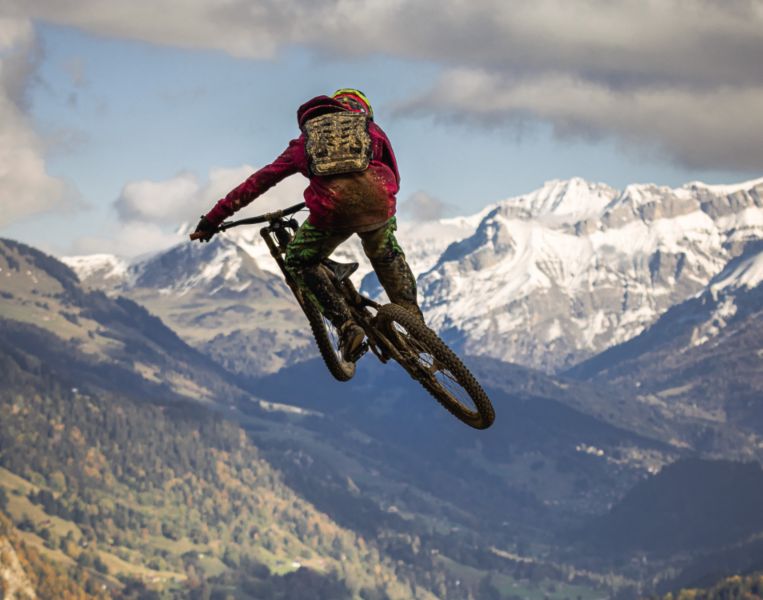
Gravel Bikes: They are a versatile option that can handle a mix of road and off-road riding, including gravel roads and dirt paths. They have wider tires than road bikes but are more nimble than traditional mountain bikes.
Hybrid Bikes: They combine features of road and mountain bikes. They are versatile and suitable for various riding conditions, including paved roads and light off-road trails. Hybrid bikes typically have a more upright riding position and wider tires for comfort and stability.
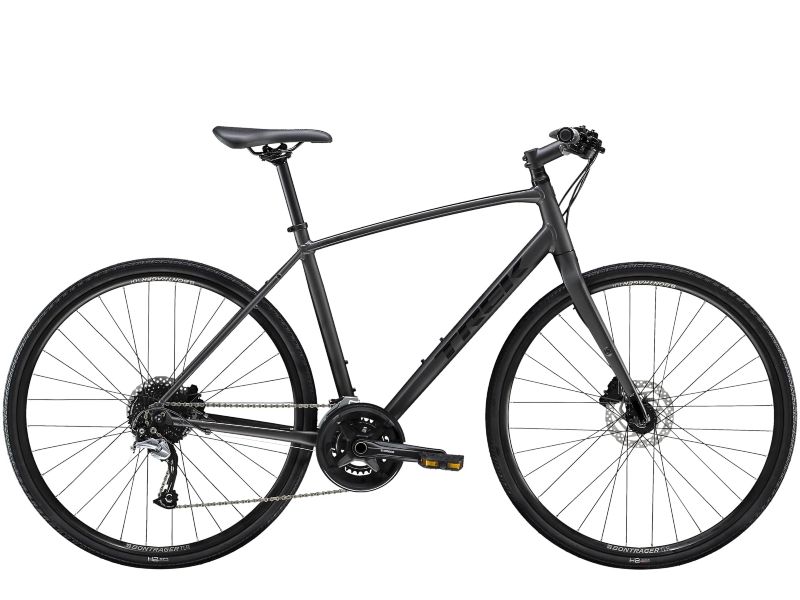
Touring Bikes: They are built as they are called, for touring long-distance and loaded with essential gear. Such tours can last for days or weeks. They have a strong frame, multiple mounting points for racks and panniers, and a comfortable riding position. Bikepacking definitely sounds exciting enough to be a bucket-list item, but let us start with regular distances, shall we?
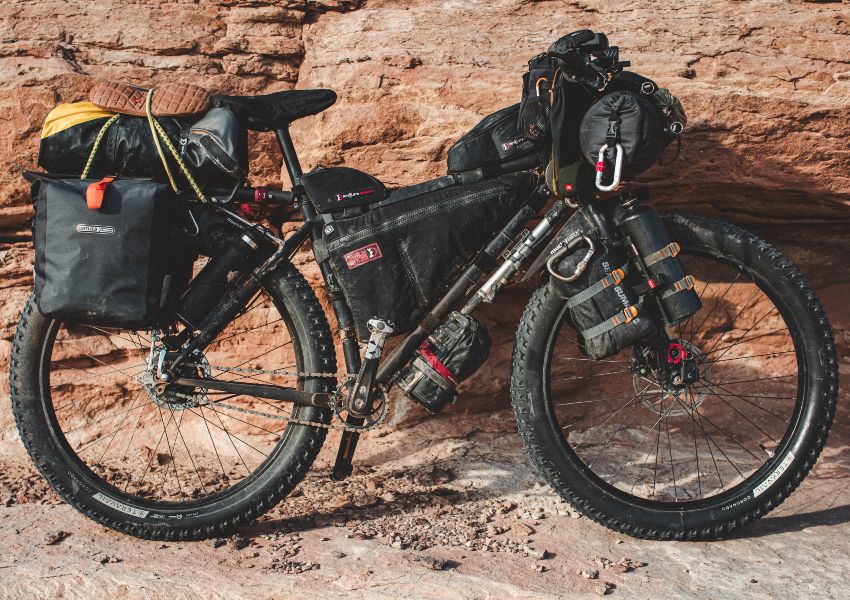
Folding Bikes: They are designed for portability and convenience. They can be folded up to a compact size, making them easy to carry on public transportation or store in small spaces. In a city like Singapore where transportation infrastructure is second to none, it is clearly a strong contender where portability is key to bringing your bike onto the Mass Rapid Transit (MRT) trains, as well as buses and motorcars.
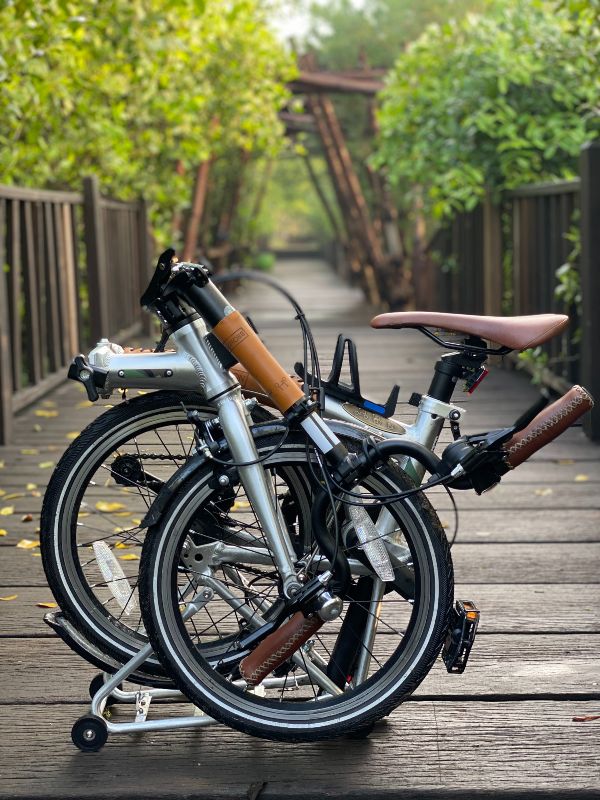
Electric Bikes: They are equipped with an electric motor that assists the rider’s pedaling. They come in various styles, including e-mountain bikes, e-road bikes, and e-cruisers, and are popular for commuting and recreational riding. However, there are some regulations in Singapore that such bikes will need to adhere to before they can be used.
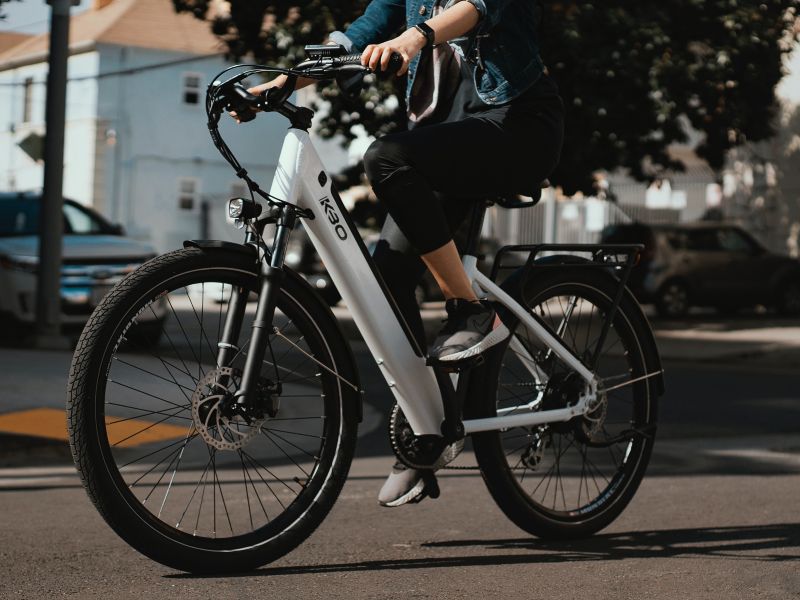
Types of Wheel Size?
Bicycle wheels come in various sizes, and the choice of wheel size depends on the type of riding you plan to do. Here are some common bicycle wheel sizes:
- 700c: This is one of the most common wheel sizes for road bikes. They are typically larger and thinner, providing less rolling resistance and better aerodynamics. Road bikes and some hybrid bikes often use 700c wheels.
- 26-inch: Historically, this was a standard size for mountain bikes, but it has become less common in recent years. However, some mountain bikes and cruisers still use 26-inch wheels.
- 27.5-inch (650b): These wheels are a compromise between 26-inch and 29-inch wheels. They provide some of the benefits of both sizes, making them popular for trail and all-mountain bikes.
- 29-inch: Also known as 29ers, these wheels are becoming increasingly popular for mountain bikes. They offer better rollover capabilities, which can help with obstacle clearance and maintaining momentum on rough terrain.
- 20-inch/18-inch/16-inch: Commonly found on folding bikes and some BMX bikes, these smaller wheels are chosen for their compact size and maneuverability.
It’s important to choose the right wheel size for your specific riding style and terrain, as the size can significantly affect the bike’s handling, comfort, and performance. Additionally, make sure the wheel size matches the frame and fork of your bike, as different sizes may not be compatible.
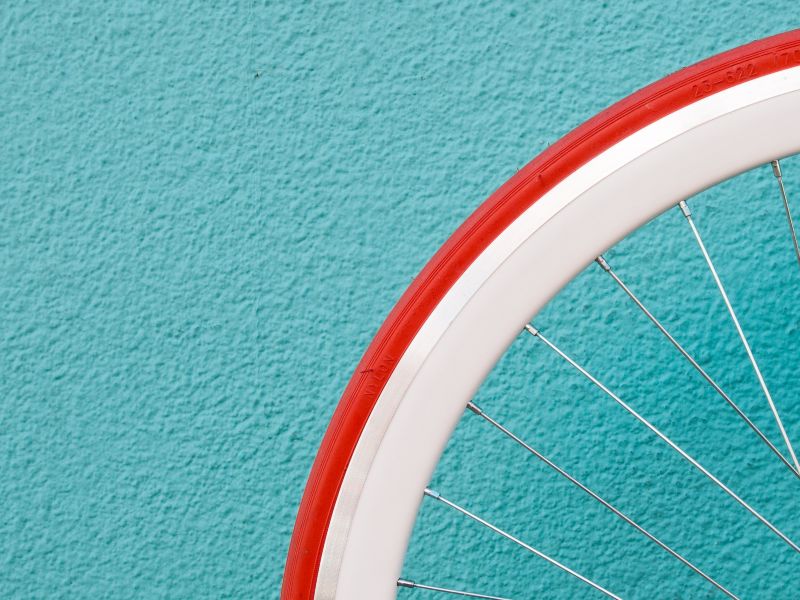
Types of Handle Bars?
Handlebars play a crucial role in determining the riding position, comfort, and handling characteristics of a bicycle. There are several types of handlebars to choose from, each designed for specific riding styles and preferences. We will talk about the most common 2 types here.
Drop Bars (Road Bars)
- Traditional Drop Bars: These are the classic handlebars found on road bikes. They offer multiple hand positions, allowing riders to get low and aerodynamic or ride in a more upright position on the top part of the bars.
- Compact Drop Bars: These have a shallower drop compared to traditional drop bars, making them more comfortable for riders who prefer a less aggressive riding position.
Flat Bars:
- Flat Bars: Commonly found on mountain bikes and many hybrid and commuter bikes, flat bars provide an upright riding position and a simple, straightforward hand placement.
- Riser Bars: These are similar to flat bars but have a slight rise or upward sweep at the ends, providing a more upright and comfortable riding position. Riser bars are often found on mountain bikes.
Other considerations?
Of course your budget! Initially, I set a budget of S$1,000 but ended up spending S$1,400 for my bicycle. Was it worth the price tag? Yes totally, after a couple of months of cycling, I have no complaints other than the initial getting used phase. Without the strong bike frame and suspension of a mountain bike, I need to stop mounting curbs like nobody’s business.
The vendor whom I purchased my bike from was another important consideration for me. Knowing they are only a 5-minute ride from my residence, post-sale maintenance would be a breeze. Did I mention that my purchase comes with lifetime free maintenance?
How about storage? A folding bike is probably the best choice in this consideration. As my bike is a non-folding bike, I had to give up the option to travel on trains or public transport. Finding a good spot to store and clean your bike at home is something I have to work around with.
My Takeaway?
From the beginning of my search, I was looking for the perfect bike. I was asking more questions than finding more answers. As it turns out, there is no perfect bike. There is only a close-fit bike that I need to get used to by learning how my body reacts to the machine and vice versa. Riding it on different terrains, weather, and times of the day is the best way to understand the bike’s capability and its limits. In fact, it is one of the best ways to maintain and improve one’s cognitive ability as well.

